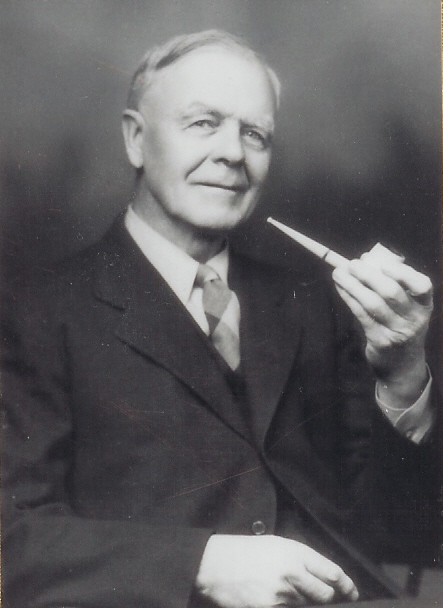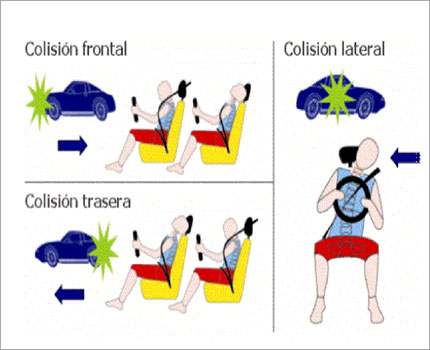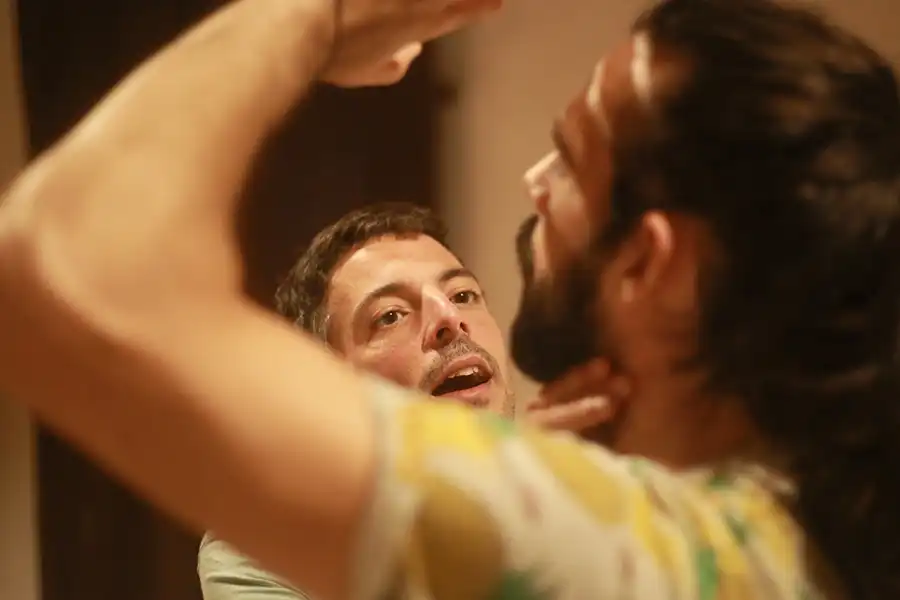

William Garner Sutherland
Craniosacral Therapy (CST) was developed by William Garner Sutherland (1873-1954) in the United States.
Sutherland began working as an apprentice in a printing house and later pursued journalism, where he first heard about Andrew Taylor Still (1828-1917), the father of osteopathy, and the remarkable results he achieved in alleviating physical pain.
Intrigued, Sutherland decided to visit the osteopathy school founded by Still in Kinsville, USA. He was so impressed that he chose to train as an osteopath, eventually becoming Still’s most dedicated disciple.
At that time, it was believed that the skull was a rigid structure and that the bones of the head fused together after growth was complete.
For many years, Sutherland conducted an exhaustive study of cranial bones. His obsession reached such an extent that he collected skulls in every corner of his house, comparing them meticulously. His home became an experimentation laboratory, a period his wife referred to as “the cranial era of their marriage.”
One day, while examining a disarticulated skull, he noticed the beveled joint surfaces of the sphenoid and temporal bones, which he associated with fish gills. This led him to consider the possibility of cranial bone mobility.
He constructed an experimental helmet with straps and used it on himself to study cranial motion. He wore the helmet for days, altering pressure points, and began experiencing symptoms he had never had before: headaches, vision disturbances, fainting spells, etc. He then developed techniques for mobilizing cerebrospinal fluid (CSF) that alleviated these discomforts.
In 1939, he wrote The Cranial Bowl, where he presented his mechanistic vision. However, the book was not well received or understood by the osteopathic community at the time.
Nevertheless, his research led to the development of cranial osteopathy, based on cranial micromovements, the study of the Membrane System, cerebrospinal fluid (CSF), and the pelvis-sacrum and cranium-sacrum relationship.
In the last ten years of his life, he introduced the concept of the Breath of Life, a therapeutic approach based on fluid movement and primary forces, now known as Primary Respiration.




